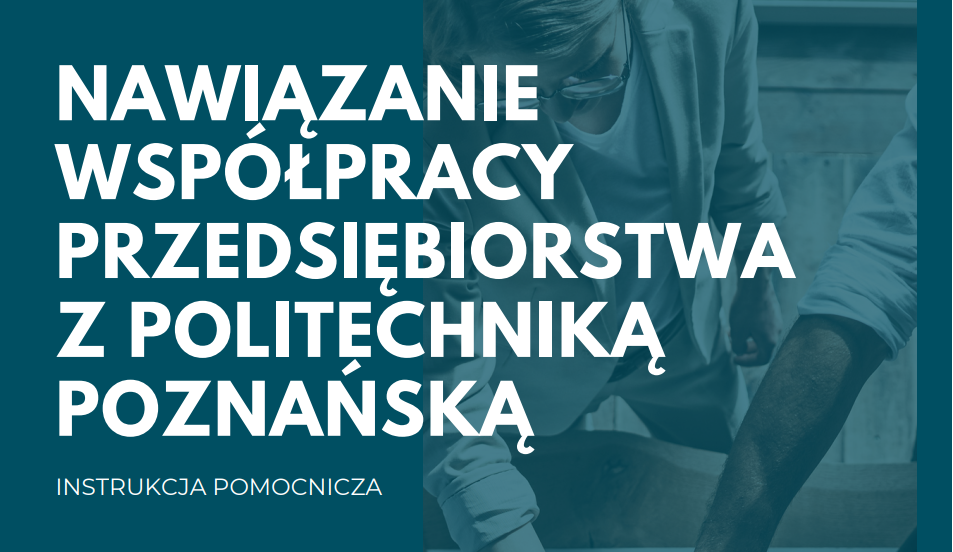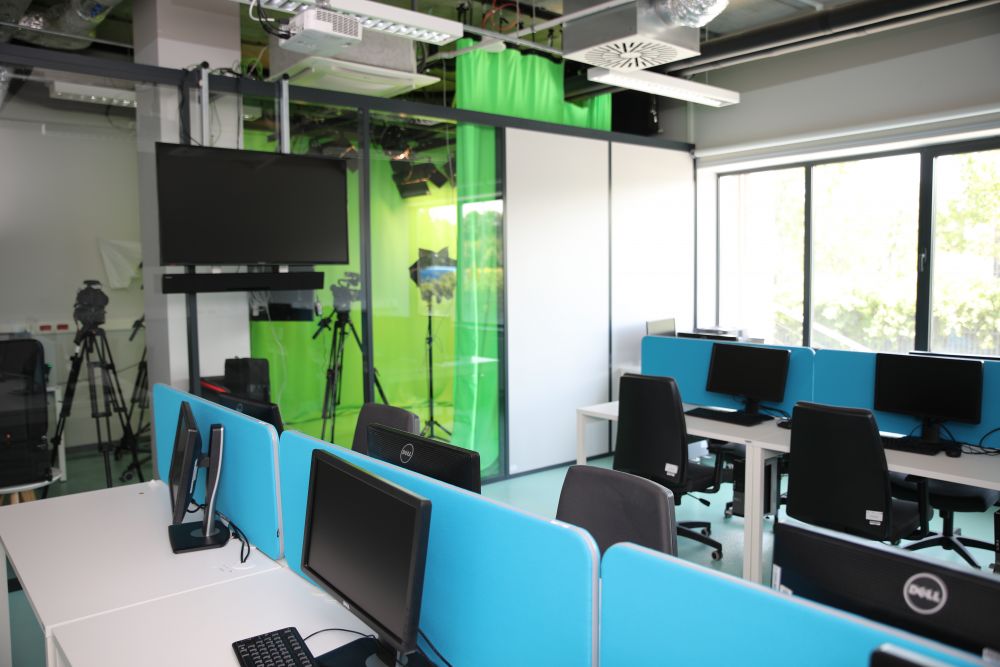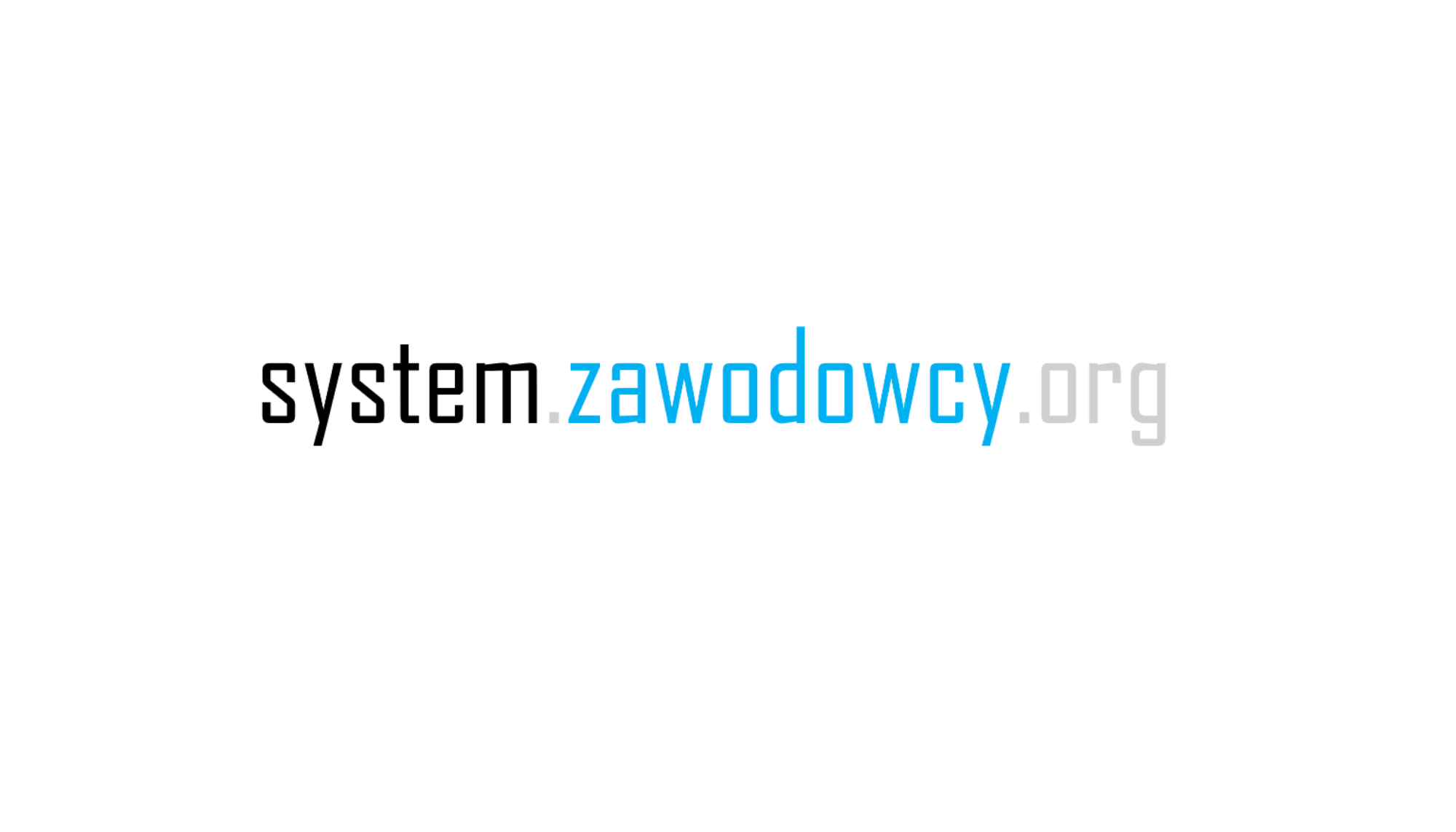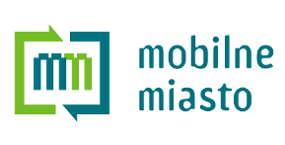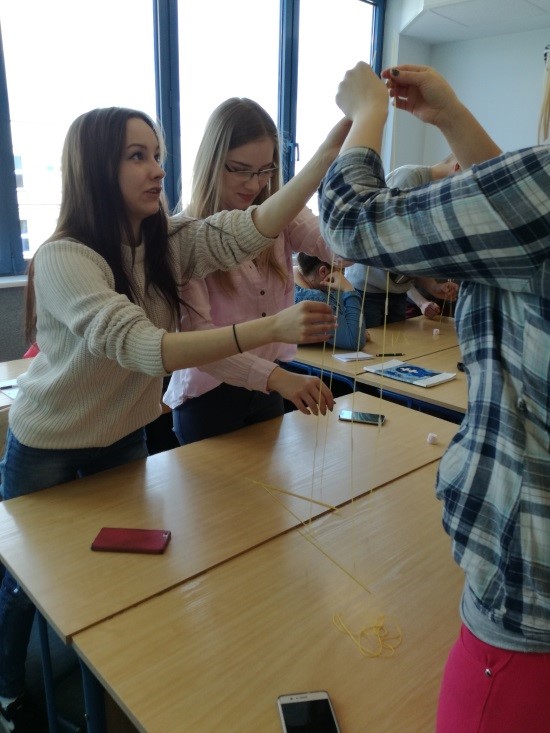
Testing at Czestochowa University of Technology
As part of the project “The acceleration method of development of transversal competences in the students’ practical training proces” the Staff of the Faculty of Management at the Czestochowa University of Technology introduced students to the first tested process, which was a brainstorm.
Students were introduced to the description of competences and skills related to creativity, entrepreneurship, communicativeness and team work. The research tools used in the project were also discussed. For the task of testing the first process, brainstorming, three classes are planned for 45 minutes each, at least one week apart. The next meeting discussed the purpose, course and principles of brainstorming, and provided with all the information needed to carry it out. The number of participants was chosen, the moderator/leader was chosen as the person who wrote the ideas. During the ingenious session, students were encouraged to report freely on the solution to the problem that the moderator wrote on the board. The moderator asked questions to activate student’s action. At the end of the session, the material was sufficient to solve the problem.
During the next meeting the participants discussed the outstanding ideas. They wondered about their advantages, disadvantages and possible uses in practice. They reduced and prioritized their positions. Browsing the set of ideas sorted by the moderator students rejected ideas deemed superfluous, improbable or unrealistic ones. Rejection took place during the joint discussion and unanimous consent of all participants. At the end of the session after the analysis, the optimal solution was evaluated and selected. After completion of the first method test, a questionnaire assessing the increment of individual competencies was conducted.
A discussion was also held on the effectiveness of the method and its applicability in addressing educational, occupational and social problems. As part of the second process, students were tested on the method of team work. During these classes were introduced formulation of tasks, goals of work, stages, basic principles and workflow. The use of this stimulating teaching method required the inventor, the increased involvement in the teaching process as well as the additional preparation for the classes. Teams of 5 people were to build the highest, self-standing structure. The required materials for the task are: 20 spaghetti fillets, 1 meter of paint tape, 1 meter of string, 1 Marshmallow. The Marshmallow was supposed to be placed on the top of the tower. The minimum height to complete the task is 50 cm. The team that built the tallest structure won. Students supported by the instructor performed their work in groups according to the presented task according to the adopted plan and the division of work and responsibilities. Working together in a group required sharing of responsibilities and responsibilities. Each of the members received a task for which he was responsible. The facilitator also defined his expectations of discussing, communicating, seeking creative and ingenious solutions, developing solutions, exchanging experiences, entrepreneurship, solving problems and cooperating with the team. A lot of emphasis was put on the multidirectional communication in the group. The members of the group interacted with the facilitator and other members of their group, which facilitated the reconciliation of positions and influenced the deepening of relationships within the group. Working in the group that the students performed required a great deal of creativity. The members worked together on the task entrusted, verified the ideas, rejected the weaker or unrealistic to do, leaving the best, so that they get better solutions.
The instructor watched the students at work and shared the observations with them. At the end of the classes, the tasks were discussed and the students’ work was assessed. Workers’ summaries were also summed up. Attention was paid to the course of cooperation, the pace of the team’s work, the way of presenting and discussing the results in the whole group.
During the subsequent classes, a summary was made, which discussed the results of team work obtained in previous classes. Discussed with the students what new experiences they gained and what effects they gained. During exercise, a great deal of the members of the group was engaged, who were free to communicate, discussing, listening to each other, interacting with each other and making decisions together. They helped each other, they complemented each other. Some groups saw a clear leader’s influence on the task.
Applying this method in the teaching process influenced the development of competences in terms of communicativeness, creativity and entrepreneurship, integrating the group and activating its members to creative and entrepreneurial actions, common problem solving, decision making and cooperation. It also strengthened relationships during joint work. Teams worked faster, more efficiently and more efficiently with the support of the other members. In addition, their competition was influenced by other teams struggling with the same problem.
Team work was also an opportunity to broaden their skills and knowledge, using the experience and skills of others.
The third test method was a problem-solving lecture. It belongs to a group of teaching methods, like methods of assimilation of knowledge based mainly on cognitive activity of a reproductive nature. During this lecture, the lecturer passed on the knowledge connected with the subject matter of the subject “Methods of Organization and Management”. Students could write their own notes during the lecture.
The lecture was a reflection of a selected scientific problem, presented specific issues in the form of definitions, regulations, procedures, procedures and interpretations of the discussed issues. These issues dealt with various approaches to the problem and how to solve it. During the problem lecture it was pointed out not only the appearance of a particular problem, but also the directions and methods of its solution and the consequences resulting from this solution. The facilitator discussed in detail and exhaustively the issues discussed. The lecture required the students to memorize a large amount of information; students fulfilled the role of a passive recipient. Students carefully and actively followed the lecturer’s reasoning, from understanding the essence of the problem until it was resolved. The teacher used visual means in the form of multimedia presentations and projectors. The final stage of the method was completed by the participants in the survey questionnaire to measure the dynamics of changes in the assessment of acquired cross-competencies and the questionnaire to measure the level of cross-cutting skills of students in practical training.









